Jump to:
One of the biggest improvements in garden furniture over the years is the materials used to make it. Today, rattan, wood, and metal can be long-lasting and sustainable. This is especially true if you know what to look for, such as the variety and any certification that supports the claim.
Here, we break down the best materials used for each garden furniture type, including relevant accreditations, to help you find the right piece for you.
Synthetic Rattan Garden Furniture
We’re starting with the synthetic variety of rattan because it tends to outlast the natural ones. Polyethylene (PE), in particular, is a popular type of synthetic rattan.
PE rattan is resistant to weather and UV rays, has low maintenance, and is durable. It’s also more eco-friendly than its counterparts, like PU and PVC. Even better, it has the look and feel of natural rattan, a perk despite being man-made.
Unlike natural rattan, it resists fading and cracking, keeping the furniture in good shape for years. On the eco-friendly side, its durability means less waste in the long run. Not to mention that the PE used in rattan garden furniture is specifically designed and treated to ensure it doesn’t harm the environment.
These qualities make PE synthetic rattan the long-lasting option for garden furniture. Well-cared, and the furniture can last 10 to 20 years or even longer. If interested, check out our ‘Rattan Garden Furniture Buying Guide’ to learn more.
Wooden Garden Furniture
Wood is a natural material. However, its sustainability in garden furniture depends on where it comes from, how it’s made, and what happens when it’s no longer needed.
This is where the FSC (Forest Stewardship Council) certification comes in. It’s a global standard for responsible forest management. Thus, any wood from FSC-certified sources is harvested sustainably.
Let’s simplify it:
- FSC-certified wood comes from forests where trees are replanted, and wildlife isn’t harmed.
- The production process prioritises cutting down on waste and limiting environmental damage.
- The wood is biodegradable and can be recycled or repurposed instead of going to waste.
Our BillyOh wooden furniture holds FSC certification, backing up the claim that your investment supports sustainable forestry. This also means you’ll have a piece that can last 20 years or more—especially if it’s hardwood like teak furniture—with proper care.
This guide covers some maintenance tips: How to Protect Wooden Garden Furniture From Rot
Metal Garden Furniture
Rust used to be a big issue with metal garden furniture, but not anymore. Galvanised steel and aluminium have solved that problem, giving the furniture more longevity.
Starting with galvanised steel, which is coated with a layer of zinc to prevent rust and corrosion. This coating works by stopping moisture and oxygen from reaching the steel underneath. Meanwhile, aluminium is naturally resistant to this, so no coating is needed.
From a sustainability angle, aluminium is recyclable, and galvanised steel can be reused. Both options also require less upkeep, and their durability helps extend the lifespan of garden furniture.
Galvanised steel and aluminium garden furniture can last for over 20 years.
Round-up
Synthetic PE is a great choice for rattan garden furniture, while FSC-certified wood offers better sustainability and longevity for wooden pieces. For metal furniture, you can’t go wrong with galvanised steel or aluminium.
These materials are all durable and sustainable in their own ways, but knowing which variety and certification (if applicable) to look for can give you better assurance.
For more buying tips, read this guide next: What Is the Most Comfortable Garden Furniture?

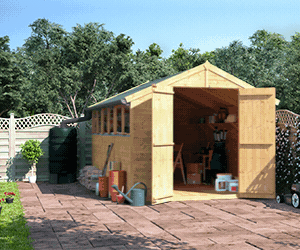

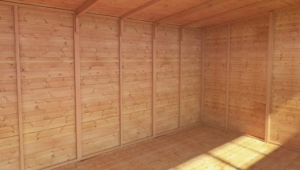

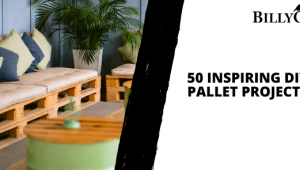
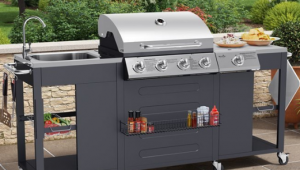


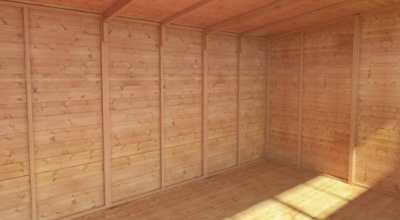
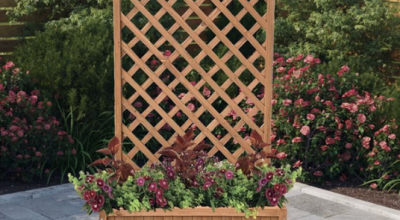
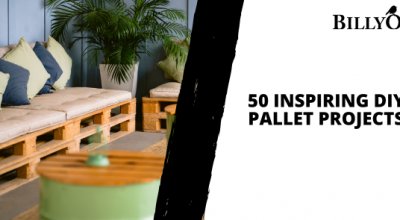
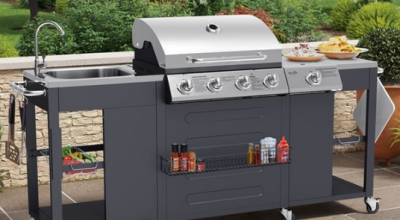
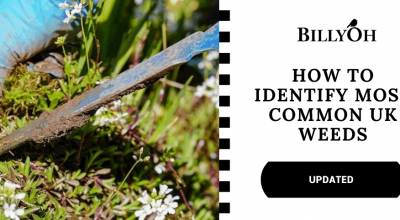
What do you think ?